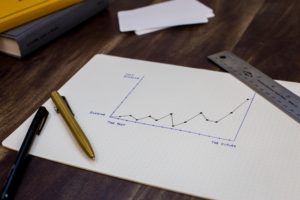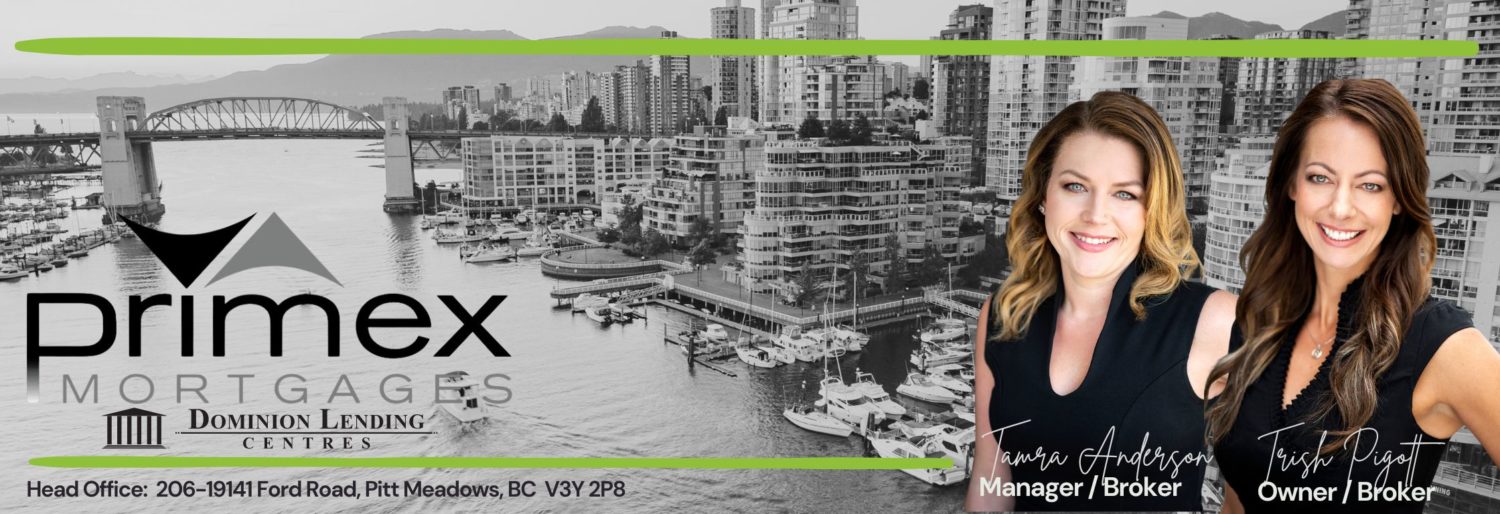Coming up with a down payment to buy a home purchase can be difficult. But a down payment is an integral part of securing a mortgage. Today Canadians have to come up with at least 5% down when applying for a mortgage. If saving up for this kind of money proves to be a challenge for some homebuyers, in some cases borrowing the finances could be an option. Borrowing a down payment for a mortgage in Canada appears to be a growing trend in the country. What type of options exist for those who are unable to save up enough for a down payment in order to secure a home loan? Here are a few down payment borrowing sources for Canadians to consider looking into.
Line of Credit
A line of credit is a loan product that doesn’t work like a typical loan. Instead, it works somewhat like a credit card in which you withdraw funds on credit – up to your assigned limit – and pay interest only on the portion used. Once that money is paid back, you can borrow that money, again and again, paying only interest on the amount withdrawn. Can you use a line of credit for a down payment? Yes, but it cannot be from the same financial institution that the mortgage is being obtained from. Homebuyers may borrow against their line of credit in order to get the money needed to come up with a decent-sized down payment for their mortgage. However, this option should be used with caution in order to reduce any risk associated with overleveraging.
Personal Loan
A personal loan may be an option as a source of down payment funds, but usually only if your credit score and financial history are healthy. That’s because a lender will want to ensure that you are financially capable of handling additional debt, especially if you’re planning to take out a mortgage for a home purchase. Unsecured debt – which is what a personal loan is – can be risky for lenders when loaning out money to consumers who are not in good financial standing. If there is no collateral for the lender to collect if you ever default on your loan, they could be left with a bad deal. That’s why lenders will insist on borrowers having stellar credit, a high income, and a reasonable debt load before they approve a personal loan on top of a mortgage. If you are considering taking out a personal loan to borrow for a down payment, something to keep in mind is that this will add to your debt and affect your debt-to-income ratio.
RRSP’s
The federal government offers down payment assistance in the form of the Home Buyers’ Plan. This program allows Canadians to borrow as much as $25,000 from their RRSPs ($50,000 for a couple) to be put towards a down payment on the purchase of a home. The great thing about this plan is that you have 15 years to repay your RRSP funds before being taxed on it. If you pay back all the money borrowed before this 15-year period is up, the funds are non-taxable.
There are eligibility requirements for the Home Buyers’ Plan. You must:
- Be a first-time homebuyer
- Sign a purchase agreement on a qualifying home
- Be a Canadian resident
- Designate the property as your principal home no longer than one year after buying it
In addition, the RRSP funds being used must be on deposit for a minimum of 90 days before borrowing.
Ideally, you should take the time to save up for a down payment on a home without having to borrow funds. That said, it can be a real struggle to come up with the amount of money needed for a decent down payment amount. When all else fails, there are ways to borrow the funds needed to come up with a down payment for a home purchase. Just be sure to speak with a financial advisor or mortgage specialist before choosing which route to take to make your dreams of buying a home a reality.

